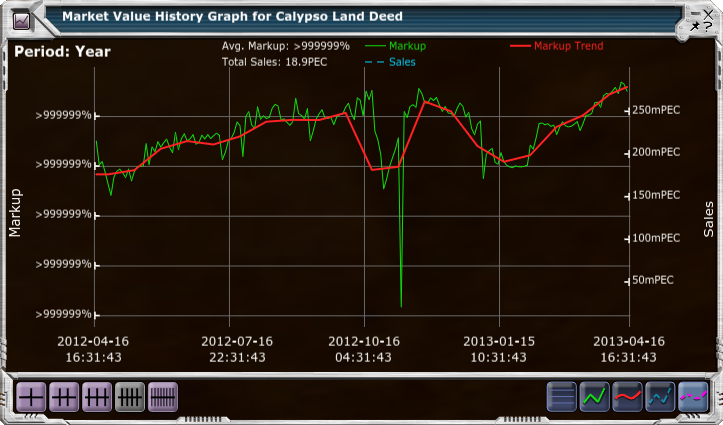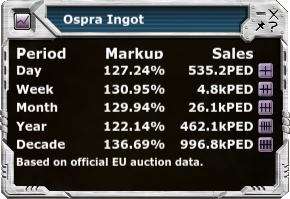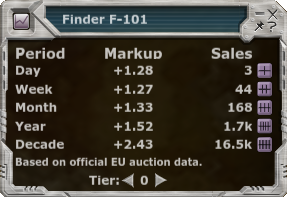How to make money in virtual world trading

Understanding the markets with Entropia Universe can be a long process, but for those of you would seek to profit in the virtual world it can be well worth the dedication required to master it. Supply and demand is a constant factor in this real cash economy, events, new craftable items, or popularity of a certain creature are all factors that affect the trade market. Learning when to buy and when to sell in these markets is the key to success.
The most visible form of trading you will see in the hubs of each virtual world. Avatars stand around offering to buy different materials at different prices, the street merchant is a valuable asset to the economy, purchasing goods from other avatars for ease of sale and leaving themselves a profit margin for the fast and convenient service. Balancing how much you plan to make in a transaction versus building a regular base of people who prefer to sell to you is crucial to long term growth when trading in Entropia.
It is important to understand the tools available to you both inside the virtual world, and on various websites that allow you to learn the market and augment your ability to trade profitably. Seeking as much information as possible will help you to protect your investments and identify a good buy when you see one. Utilize the auction system to place orders on materials you feel will rise in price, or keep a close eye for the occasional low price sale for someone just trying to free up some quick cash.
Trading is no easy task, and takes a lot of patience to be done well. There are occasionaly strokes of luck where you get a great deal on something that you can sell for a profit, however do not rely on profit to fall in your lap, you must work hard, and educate yourself to succeed in this competitive marketplace.

Understanding Market Value
There are two basic templates used for everything within the entropia universe when it comes to market value or markup. One template is based on percent relative to the value of the item or material. In this method you will take the value of the material and mark it up based on a % of its trade terminal value or TT as its commonly referred to.

If an item has a TT value of 1 PED for instance, then placing it on the auction for 3 PED would be shown as 300%. Materials that are "stackable", meaning that you can have multiples of the same material merged together use the % template.
You can have one "Ospra Ingot" as an example, with a value of 6 PEC or 0.06 PED in a stack to sell based on a % of this TT value. You can then merge multiple Ospra Ingots into a stack of 1000 and have a TT value of 60 PED, this is now one saleable unit, the market value data still shows as a relative % to the stack size. Limited or (L) items also use the % system, as they decay over time and the TT value can vary.
On the in game market windows you will see two columns relative to your material. The Markup column will show what the average % for a given period of time a particular material has sold for is. The Sales column will show you how much TT has been sold of this material in a given time frame. Use this information to price your materials for salability, and to identify supply and demand.

The second method is based on fixed positive increments in value. A piece or armor or an unlimited(UL) weapon for instance will have its base TT value, and markup will be calculated based on how many PED over TT it is sold for. To further explain you can have an item worth 100 PED TT value, and sell it on the in game auction system for anywhere from +1 PED to +10,000,000 PED. Weather it sells at the price you've set is largely dependent on the desirability of the item and supply vs demand.
Markup is shown through the in game window in the same two columns as the % method, however in the Markup column you will see this identified as a + as previously explained. The sales column will identify how many individual units were sold in a given time frame here, as opposed to the total TT value in the % template.
To further explore patterns you have the option of looking at historical market data in a graph format (shown at the top of this page), this can show you trends that may help you to identify the right times to buy and sell. As with the real world, market manipulation can happen, however these graphs are usually a great indicator of this as you will see a massive spike of just a few units in a short period of time. Learn this system, watch it closely, and you can have an edge when trading virtual goods for real world profit.
